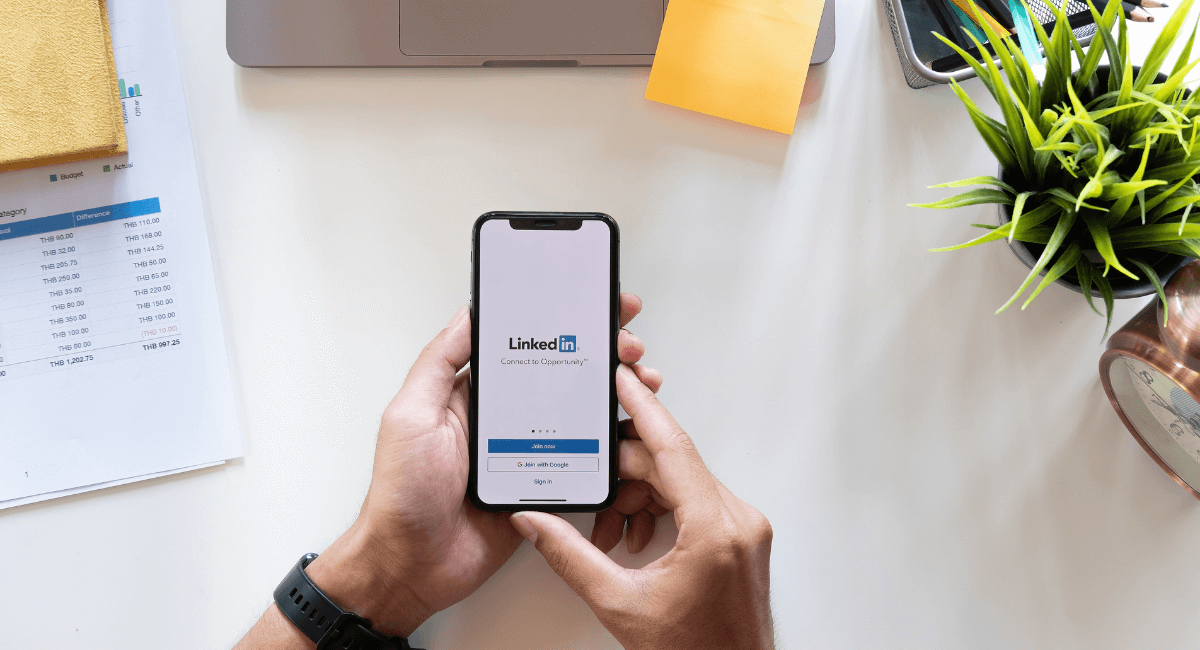
How to make LinkedIn work for your business
LinkedIn is more popular than ever. With more than half a billion professionals on the platform and 90-million of whom are senior-level influencers, you can’t afford not to be using it.
And it’s not just about jumping on the platform when you’re looking for a job. LinkedIn can help you increase your business and get more sales.
Here are some top tips for using LinkedIn in your business.
1 Make sure your profile is professional and complete
- Use a professional headshot – not what you would use on Facebook.
- Create a custom cover image to reflect your business/niche – don’t use the default.
- Think about your headline – don’t just use your job title. Explain what you do.
- Provide links to your website.
- Complete your profile – explain what you do, how you can help them, whom you work with.
2 Optimise your profile for search
Make sure you are found in both Google and LinkedIn search for keywords related to your business. Then, use these keywords in your current position summary, headline, custom URL and throughout the sections of your profile.
3 Create a company page
This is the hub of your business on LinkedIn and where you can communicate directly with your followers as your brand through regular posting.
You can customise everything on your company page, including:
- Logo
- Company description
- Specialities
- Company type
- Year established
- Industry
- Blog URL
Use this page to gain new connections (followers), share new content, and become known and trusted in your industry.
4 Make strategic connections
Don’t be tempted to build up as many connections as possible by accepting all invitations and sending out requests to everyone. Rather be strategic about the process.
Identify companies you want to work with and connect with key players at those companies. Don’t just send invitation requests without visiting their profile and personalising the message requesting a connection. And don’t sell to them immediately. Instead, build up a relationship first.
5 Ask for recommendations and endorsements
Prospects are more likely to connect and buy from someone who comes recommended.
LinkedIn offers both recommendations (written testimonials) and endorsements (you have a specific skill set).
You can request recommendations, so try to build a diverse range from clients, customers, partners and industry experts.
There is no way to request endorsements, but you can add your skills to your profile. And if you endorse other people, they will return the favour and endorse you back.
LinkedIn’s algorithm gives your profile more weight the more endorsements you receive, so it’s worth the effort.
6 Be active in industry groups
Identify, join and participate in industry groups to make new connections and become a trusted expert in your industry or niche.
Don’t use your group membership to promote your business or products blatantly. Instead, use the channel to share information, answer questions, and build up your reputation.
Find out where your ideal customer hangs out on LinkedIn. You’ll find out what topics they are interested in and where they are struggling.
Then join industry groups where you can meet other professionals in your niche.
7 Share valuable content
Give people something worth their time to read and where you can showcase your expertise and knowledge. In this way, you’ll become the go-to person in your industry.
You can share content in three ways:
- Posts – text, image or video-based updates to your connections
- Articles – a full blog-style piece shared to your connections
- LinkedIn Lives – if you have access to this feature, use it for Q&A, meeting your audience and directing people to your services
8 Move leads offline
Move your communications away from LinkedIn as soon as possible by setting up a phone call, Zoom meeting, or an office meeting.
9 Use InMail to reach non-connections
LinkedIn only allows you to private message to people you are connected with. So, upgrade to a premium LinkedIn account and use the InMail credits to introduce yourself, start a conversation or set up a meeting.
10 Give before receiving
As with all social media channels, the best practice is to give before asking others to help you out.
Remember, this is a social platform, so your goal is to build relationships and serve your audience. Share their content, give endorsements and recommendations and referrals when you can. It will pay off in the long run.
Source: Kim Garst



